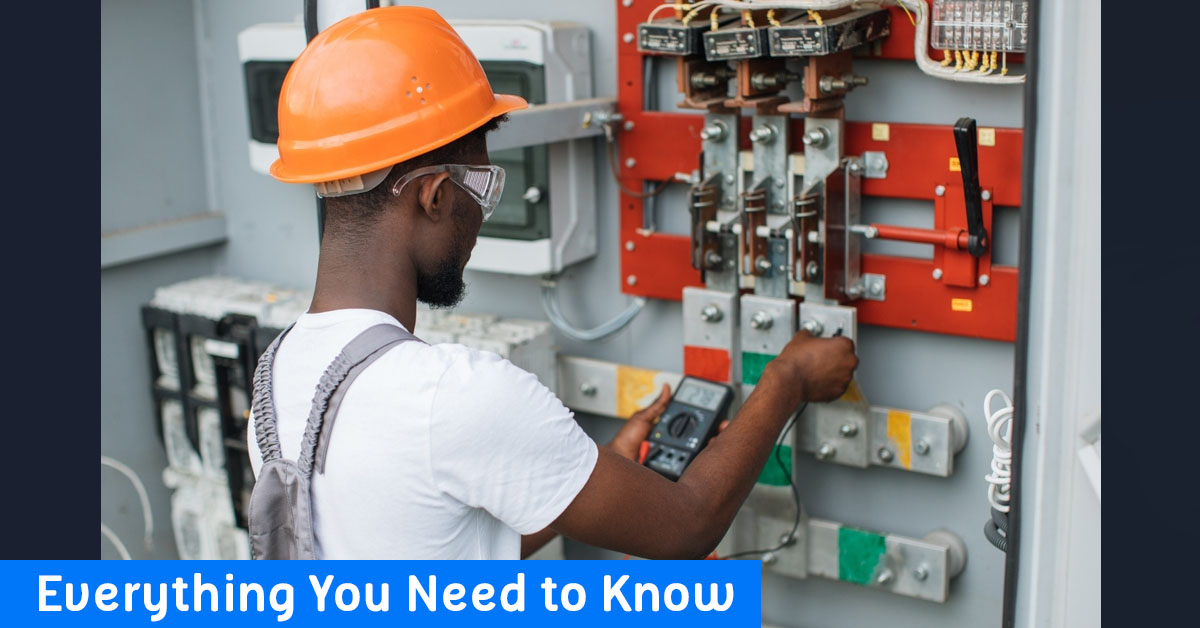How to Install Inverter – Infinite Eco Tech

According to SolarReviews, While some DIY installations exist, professional installation by certified technicians is recommended for optimal performance, safety, and warranty coverage. Installing an inverter is a vital step in setting up a reliable backup power system for your home or business. An inverter converts the DC power stored in batteries into AC power, which can be used to run household appliances and other electrical devices. This guide provides a comprehensive, step-by-step approach to installing an inverter, from purchasing the right equipment to the final wiring and setup. Infinite Eco Tech, with over 10 years of experience in renewable energy solutions, ensures that you receive expert guidance for a successful installation.
Contents
Step-by-Step Guide to Installing an Inverter
Step 1: Purchasing the Right Inverter
Determine Your Power Requirements
Before purchasing an inverter, you need to assess your power needs. Calculate the total wattage of the appliances and devices you intend to power with the inverter. This will help you choose an inverter with the appropriate capacity.
Types of Inverters
- Standalone Inverters: These are basic inverters used for simple setups.
- Hybrid Inverters: These can work with both solar panels and the grid.
- Grid-Tie Inverters: These inverters feed excess power back into the grid.
- Off-Grid Inverters: Ideal for remote locations without grid access.
Selecting the Brand and Model
Choose reputable brands known for quality and reliability. Research user reviews and expert recommendations to find the best inverter for your needs.
Step 2: Unboxing the Inverter
Inspecting the Package
When you receive your inverter, carefully inspect the packaging for any damage during transit. Ensure that all components, including cables, manuals, and mounting hardware, are included.
Reading the Manual
Before proceeding with the installation, read the user manual thoroughly. The manual provides essential information about the specific model, safety precautions, and installation instructions.
Step 3: Preparing for Installation
Choosing the Installation Location
Select a suitable location for installing the inverter. The location should be dry, well-ventilated, and easily accessible. Avoid areas with extreme temperatures, moisture, or dust.
Safety Precautions
- Turn off the main power supply before starting the installation.
- Wear appropriate safety gear, including gloves and safety glasses.
- Ensure that you have all necessary tools and equipment on hand.
Step 4: Installing the Inverter
Mounting the Inverter
- Marking the Mounting Points: Use a pencil to mark the spots where you will mount the inverter.
- Drilling Holes: Drill holes at the marked points.
- Fixing the Bracket: Secure the mounting bracket to the wall using screws.
- Attaching the Inverter: Place the inverter on the bracket and ensure it is securely fastened.
Connecting the Batteries
- Battery Placement: Place the batteries in a well-ventilated area close to the inverter.
- Wiring the Batteries: Connect the batteries in series or parallel configuration as per the inverter’s specifications.
- Connecting Battery Cables: Attach the positive and negative battery cables to the corresponding terminals on the inverter.
Connecting the Inverter to the Main Supply
- Wiring the AC Input: Connect the inverter’s AC input to the main electrical panel using appropriate wiring and connectors.
- Wiring the AC Output: Connect the inverter’s AC output to the distribution panel to power the connected appliances.
- Grounding the Inverter: Ensure the inverter is properly grounded to prevent electrical shocks and equipment damage.
Step 5: Final Setup and Testing
Initial Power On
Turn on the inverter and check the display for any error messages. The inverter should initialize and display the current status.
Testing the System
- Check Battery Voltage: Ensure the batteries are charged and the voltage is within the specified range.
- Load Testing: Connect a few appliances to the inverter and test for proper functionality.
- Monitoring: Use the inverter’s monitoring system to check the performance and status of the connected devices.
Configuring Additional Features
If your inverter has advanced features like remote monitoring or integration with a solar system, configure these settings as per the user manual.
Conclusion
Installing an inverter involves several critical steps, from purchasing the right equipment to ensuring proper wiring and setup. By following this detailed guide, you can achieve a successful installation that provides reliable backup power for your home or business.
Why Choose Infinite Eco Tech?
Infinite Eco Tech offers expert guidance and top-quality products for solar and inverter installations. With over 10 years of experience, we ensure that our customers receive the best solutions tailored to their specific needs. Our professional installation services, combined with ongoing maintenance and support, make us the preferred choice for renewable energy solutions.
Investing in an inverter system is a significant step towards energy independence and reliability. By carefully selecting the right equipment and following proper installation procedures, you can enjoy uninterrupted power and peace of mind. Contact Infinite Eco Tech today to learn more about our solar and inverter installation services and take the first step towards a sustainable energy future.

